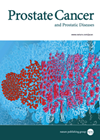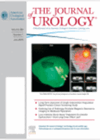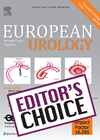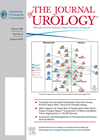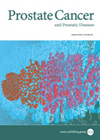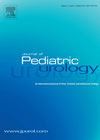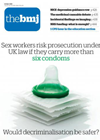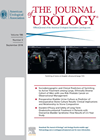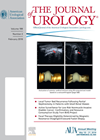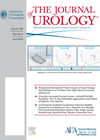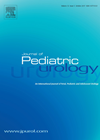
Journal Reviews
Serum cholesterol and risk of high-grade prostate cancer: results from the REDUCE study
This study examined a cohort of non-statin using patients who participated in the REDUCE study. The REDUCE study included men who had an elevated prostate specific antigen (PSA) and a negative baseline prostate biopsy who then underwent year two and...
Comparison of pathological stage in patients treated with and without neoadjuvant chemotherapy for high-risk UTUC
High-risk upper tract urothelial carcinoma (UTUC) has been associated with poor survival outcomes. The authors evaluated the role of neoadjuvant chemotherapy in high-risk cases prior to radical nephroureterectomy (RNU) in terms of pathological stage of the final surgical specimen. A...
Repeat transurethral resection in non-muscle invasive bladder cancer
The authors felt this is a big problem because there is no standardised practice on re-resection following initial transurethral resection of bladder tumour (TURBT). Getting detrusor muscle in the first specimen is thought to be important. However muscle is not...
Does stable or decreasing hydronephrosis on ultrasound lead to stable or improved function on diuretic renography?
Antenatal hydronephrosis is noted in approximately 1% of all pregnancies. Persistent renal obstruction may lead to progressive loss of renal function. Renal ultrasound (USS) is the preferred modality for diagnosis and monitoring of paediatric hydronephrosis as it is non-invasive, non-ionising,...
Indication to pelvic lymph nodes dissection for prostate cancer
This paper explored the role of multiparametric MRI (mpMRI) in predicting the likelihood of lymph node invasion in patients with a risk of <5% according to the Briganti nomogram. Three hundred and ten patients who underwent a preoperative mpMRI and...
Endoscopic injection of bulking agent for recurrent paediatric epididymitis
Paediatric recurrent epididymitis is frequently observed in several urogenital conditions, and may result in deterioration of long-term fertility. The management of recurrent epididymitis is still a therapeutic challenge for paediatric urologists, and as yet there is no consensus for treatment....
Incidental findings on modern imaging
Incidentalomas can be defined in a variety of ways: 1) Imaging abnormality in a healthy, asymptomatic patient; 2) Imaging abnormality not related to a patient’s symptoms or the organs in question; 3) Findings discovered by chance which can potentially affect...
Redo orchidopexy
Cryptorchidism, or the undescended testis, is perhaps the most common genital anomaly in males. Historical success rates are approximately 90% depending on the preoperative location and technique used. Iatrogenic cryptorchidism can also occur in up to 2% of cases following...
Local tumour bed recurrence following partial nephrectomy
In this interesting retrospective study, the authors looked at the incidence of local tumour bed recurrence after partial nephrectomy (PN), the factors associated with that, and the management. A total of 2,271 patients’ charts were reviewed who underwent partial nephrectomies...
Should we let sleeping children lie?
Alarm therapy (AT) is a first line-treatment for nocturnal enuresis (NE) conditioning the child to wake in response to an auditory stimulus when wetting begins. It is currently unclear whether waking children and guiding them to urinate when the alarm...
Bladder debris on ultrasound as a predictor for positive urine culture
One of the common ultrasound findings in children who undergo renal tract evaluation is ‘debris in the bladder’. The aetiology of bladder debris is varied and the likelihood that urinary debris represents positive urine culture is debatable. The authors of...
Upper pole access is safe and effective for paediatric percutaneous nephrolithotomy
Upper pole access for percutaneous nephrolithotomy (PCNL) provides a straight access tract to the ureter with easier placement of a guidewire, good exposure of the pelvis and upper ureter, and comfortable manipulations for the treatment of staghorn, large upper caliceal,...

